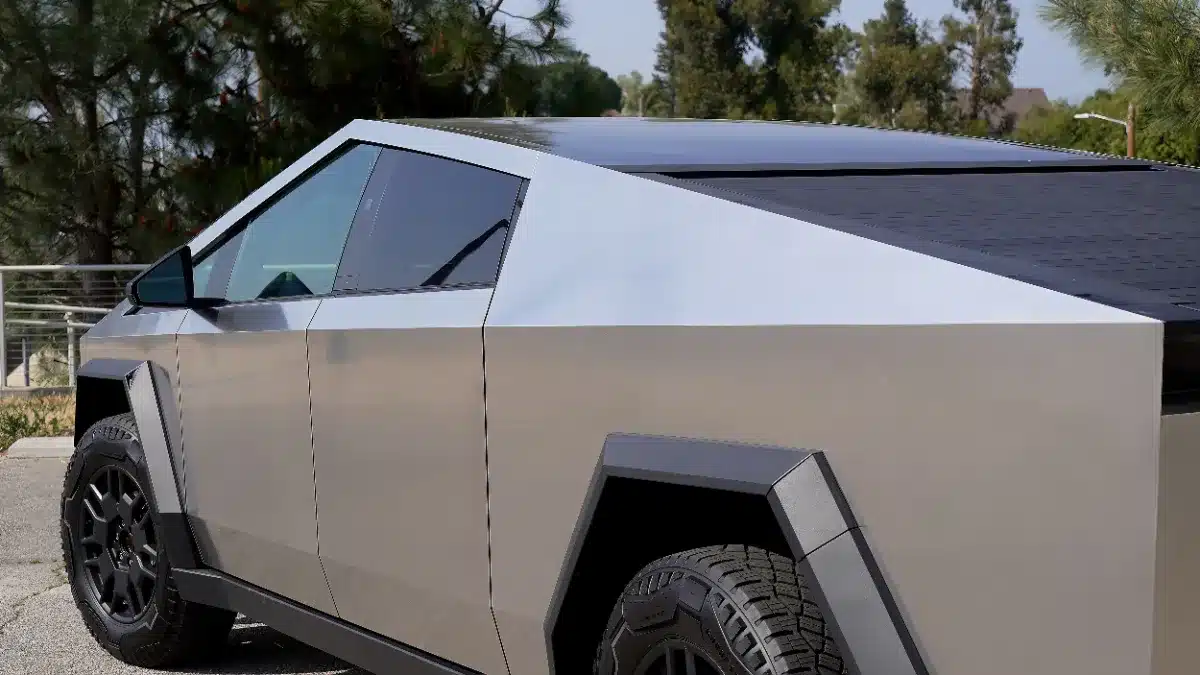A recent incident with a Tesla Cybertruck in Arizona is getting EV owners talking about how extreme heat might mess with their rides. AJ Esguerra, the owner, got back from a two-week vacation only to find his Cybertruck completely unresponsive—even the doors wouldn’t budge. This case points out some of the challenges electric vehicle owners might face when leaving their cars on charge during long periods of high temperatures.
Incident and owner’s experience
AJ, who lives in Arizona, had left his Cybertruck plugged in while he was away for two weeks. Meanwhile, Arizona was hit with record heat, which may have played a role in the issue. When AJ returned, nothing worked on his vehicle. The Tesla app showed the last successful connection with the truck was 11 days ago, and the battery was at 79%, just below the 80% threshold he had set.
AJ shared his story on the Tesla Cybertruck Owners group on Facebook. He explained how he normally charges his truck overnight when it’s cooler but forgot to set a schedule before leaving. “I need some help: we were on vacation for two weeks and just got back, and the Cybertruck won’t turn on at all,” he wrote. “Could it have overheated and damaged the battery?”
Technical challenges and community reactions
The incident stirred up a lot of discussion among other Cybertruck owners, many of whom are also worried about charging during scorching heatwaves. AJ mentioned that the light on his garage charger was blue at first but started blinking red after he tried resetting it, indicating there might be a problem with the charging system.
In the Facebook thread, several other owners chimed in. Stefan Diev guessed that the inverter might have failed and suggested getting the vehicle to a Tesla service center instead of trying to fix it over the internet. Another owner, Samuel Bringas, said he had a similar problem and recommended reaching out to Tesla Roadside Assistance.
Possible solutions and preventative measures
Some owners think the issue might be linked to the 48-volt low-voltage battery. Rod Desinord mentioned that swapping out this battery fixed a similar problem for him: “Tesla will come out and jump-start the battery… I’ve had the same thing happen to me.” Meanwhile, Gareth Seltzer advised using the Tesla app to request mobile service for a quick battery swap.
To ward off these types of problems in places like Arizona, other owners are taking steps to protect their vehicles. Brian Younge, another local, added an air conditioning unit to his garage in order to keep the temperature below 88°F. He also set his Cybertruck’s overheat protection to kick in at 90°F and plans on installing Tesla solar panels to power the cooling system more efficiently.
Reflections on electric vehicle maintenance
This whole episode highlights some key points about looking after your electric vehicle in places where the heat can be relentless. As more folks switch to EVs like the Tesla Cybertruck, it’s important to keep an eye on how high temperatures affect these modern machines.
AJ’s experience is a good reminder for EV owners to monitor their charging routines and consider taking steps to avoid overheating problems. Whether it’s upgrading your garage setup or getting advice from fellow owners and Tesla support, tackling these issues head-on can help keep your vehicle running smoothly even in the heat.









